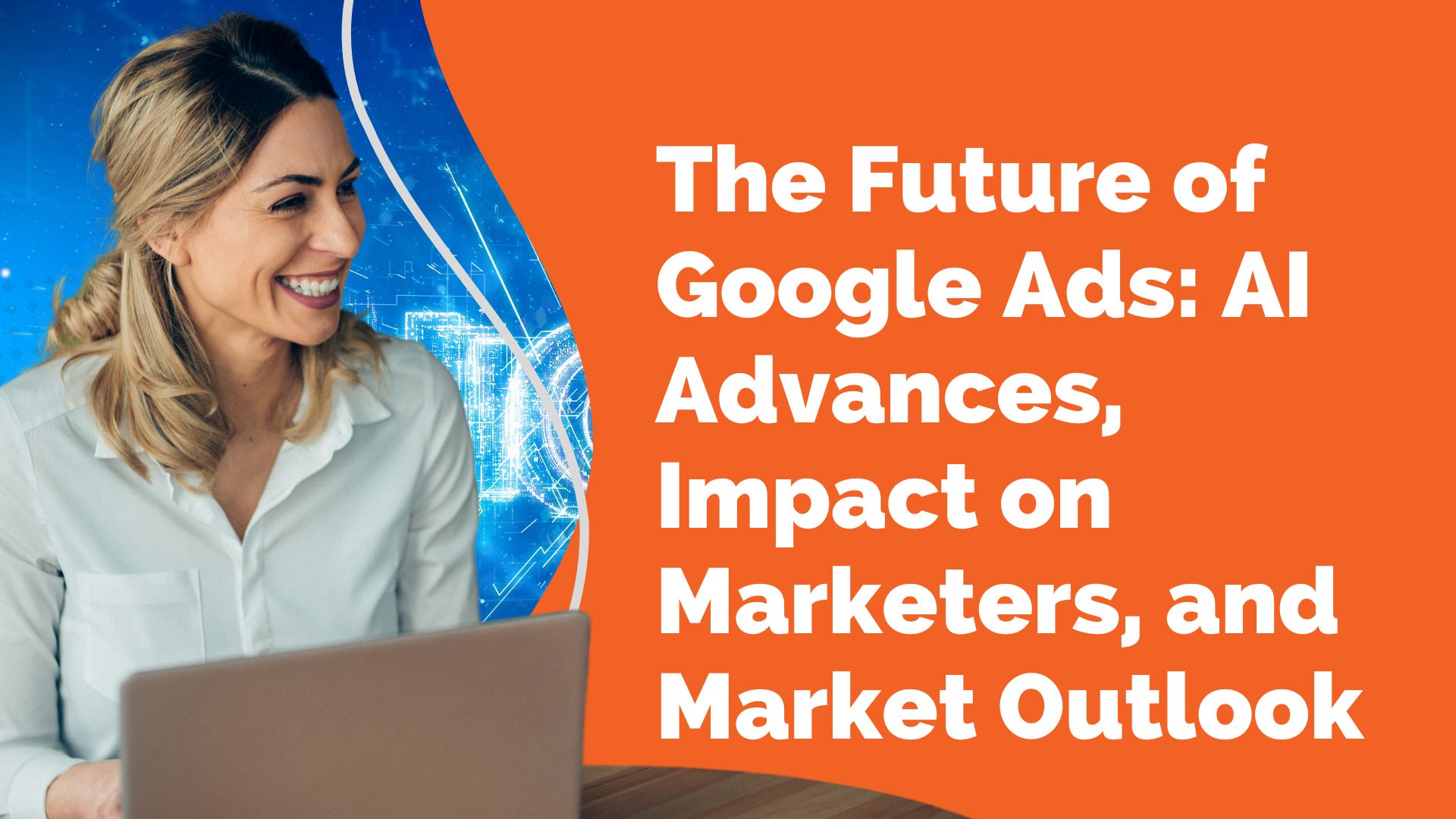About the Author
Alex is Founder & Strategic Advisor at UnitedAds, a leading digital marketing agency specializing in PPC Management.
With nearly two decades of industry experience, he has become a recognized authority in creating high-impact Google Ads campaigns that drive business growth.
Under his leadership, UnitedAds has built a strong reputation for delivering data-driven strategies that maximize ad performance and improve online visibility. Alex’s expertise lies in leveraging the full potential of PPC to help businesses scale efficiently and achieve sustainable success in the competitive digital marketing landscape.
When you think of Google Ads, you likely picture classic search campaigns centered around carefully selected keywords. Yet the platform offers a powerful—often overlooked—alternative: audience segments. These segments enable you to home in on specific groups of users rather than relying solely on keyword targeting. In this article, we will argue why leveraging Google Ads audience segments is crucial for any modern digital strategy, explain how to set them up effectively, and emphasize the critical pitfalls you should avoid.
1. What Are Audience Segments in Google Ads?
An audience segment in Google Ads is a group of users defined by shared attributes, ranging from mutual interests to demographic characteristics. While many advertisers stop at basic keyword targeting, audience segments open new doors: They tap into data on how users behave on websites and apps, letting you refine your reach far beyond keywords. Whether for Search, Shopping, or Display campaigns, these segments powerfully complement your existing targeting efforts.
There is, however, a crucial distinction in how you apply segments:
- Targeting: Your ads are shown exclusively to people who fit the chosen segment, inevitably narrowing your reach.
- Observation: Your ads can still appear to a broader audience, but Google collects performance data for those user segments in the background. This data-gathering approach fuels future optimization, revealing which audiences are most valuable for your campaigns.
This dual mechanism underscores Google Ads’ flexibility, enabling you to either laser-focus on profitable audiences or monitor them without cutting off broader visibility.ur campaigns to outperform competitors and maximize returns.

2. Why Should You Use Audience Segments in Google Ads?
The argument for using audience segments is simple: They make your campaigns more profitable and better informed. By separating out valuable user traits, you gain concrete data about who converts and why. These insights feed directly back into your ad optimization.
- Deeper Insights: Audience segmentation pinpoints new user groups you may have missed. You can discover which shared traits turn casual browsers into actual buyers.
- Higher Ad Relevance: The more closely you match your ad to a user’s needs, the more likely they are to click—and convert.
- Boosted ROAS: By zeroing in on the right segments, you cut wasted spend. More relevant ads mean higher CTRs, stronger conversions, and better overall Return on Ad Spend.
In short, ignoring audience segments leaves performance potential on the table. Implementing them strategically can catapult campaign effectiveness—and outperform conventional keyword targeting alone.
3. Types of Audience Segments in Google Ads
Google Ads offers several audience segment options. Depending on your campaign goals, you can leverage any combination of these to hyper-target your ads:
- Affinity Audiences (Common Interests): Target users who display consistent interests and habits—e.g., sports enthusiasts, fashion lovers, or tech buffs.
- Detailed Demographics: Refine your audience by broad demographic factors such as age, gender, or household income.
- Life Events: Pinpoint users nearing key milestones: buying a home, getting married, or starting college.
- In-Market Audiences (Ready-to-Buy): Reach users whom Google has classified as actively shopping or researching a product or service.
- Custom Segments: Build your own audiences based on specific interests, purchase intentions, search terms used, websites visited, or apps installed.
- First-Party Data (Remarketing Lists): Upload your own datasets for remarketing. Re-engage site visitors or existing customers, respecting all relevant data privacy guidelines.
- Combined Audiences: Merge or exclude audience attributes to form precisely defined segments—for instance, “in-market for luxury handbags” and “household income above a certain threshold.”
These options deliver an unparalleled level of precision, letting you tailor your ads to match user interests and behaviors exactly.
4. Combining Audience Segments with Other Targeting Methods
Critics might argue that focusing solely on audience segments doesn’t maximize reach. Yet that perspective misses the true strength of Google Ads: synergy. You can—and should—combine audience segments with other targeting tactics such as keywords, placements, and contextual targeting.
- Placements: Serve your ads on carefully selected websites, YouTube channels, or apps. Pair these placements with a relevant audience segment for a one-two punch of contextual and behavioral targeting.
- Themes: If direct placements are overly narrow, choose thematic targeting (e.g., “home improvement”) so that ads run on thematically relevant pages or videos.
- Keywords: Even highly specialized segments can be made more profitable by layering relevant search terms. For instance, refine a “handbags” affinity segment by adding branded keywords like “Chanel,” “Gucci,” or “Dior.”
This interplay of audience segments plus additional targeting yields a precise funnel to your brand’s best potential customers.
5. Seven Tips for Achieving Optimal Results—and Avoiding Pitfalls
- Balance Targeting and Observation: Decide when to focus only on a segment versus simply monitoring its performance data.
- Test Multiple Segments: Don’t rely on a single approach. Split test different segments to see which aligns best with your brand and offering.
- Combine Tactics: Merge audience segments with keywords, placements, or contextual themes for broader yet accurate reach.
- Leverage First-Party Data: Use remarketing lists for return buyers—this typically yields higher ROAS and conversions.
- Respect Data Privacy: Ensure compliance with GDPR and other relevant privacy standards.
- Iterate Continuously: Periodically review which segments are underperforming or overspending, and refine them for better efficiency.
- Optimize Bids: Adjust bids by segment performance. Allocate more budget to the segments that consistently deliver results.
6. Conclusion
Overlooking audience segments in Google Ads equates to leaving revenue on the table. Beyond their immediate performance benefits—higher CTRs, boosted conversion rates, stronger ROAS—they also provide invaluable insight into the interests and behaviors of your target market. These learnings become the bedrock of your optimization strategy, guiding future campaigns and creative refinements.
In today’s fiercely competitive digital landscape, relying solely on keywords is insufficient. By leveraging meticulously crafted audience segments alongside other advanced targeting methods, you tap into Google Ads’ fullest capabilities, driving your campaigns to outperform competitors and maximize returns.







